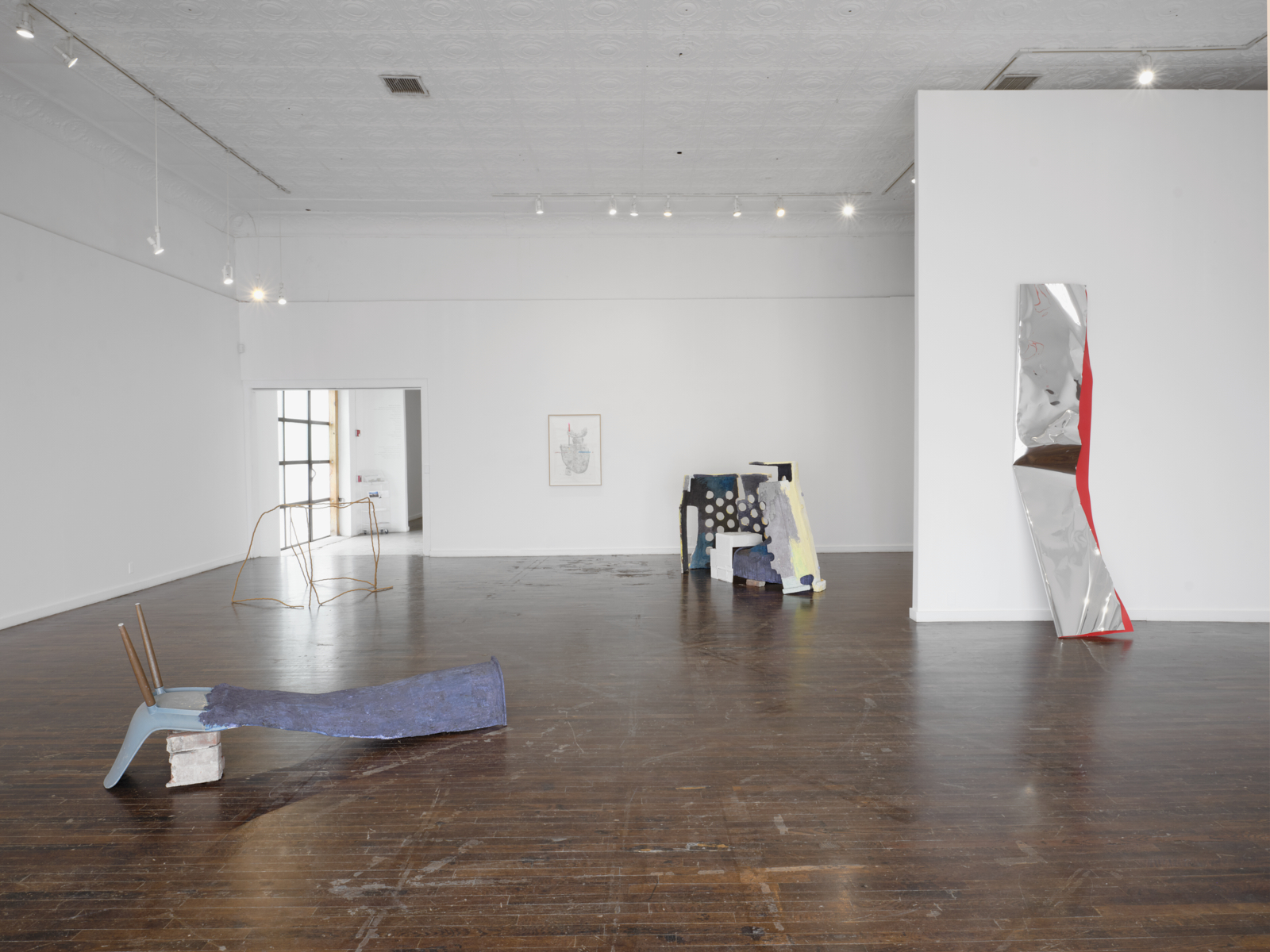An Introduction to Sweet Sweetback’s Baadasssss Song
12 Jun 2013
Sweet Sweetback’s Baadasssss Song screens at 8pm on 12 June 2013 at the Crowley Theater in Marfa, Texas as part of Ballroom’s New Growth Film Program, co-curated by Rashid Johnson and Josh Siegel, MoMA. Admission is free and open to the public.
Note: For this screening, viewers under 17 will require an accompanying parent or adult guardian.
Sweet Sweetback’s Baadasssss Song is Melvin Van Peebles third movie, which he wrote, directed, produced, composed music for and starred in. Dedicated to “all the sisters and brothers who had enough of the man,” the film follows a young African American man on his flight from white authority. No studio would agree to fund the film, so Van Peebles financed it independently, shooting over a 19-day period, performing his own stunts and several unsimulated sex scenes. Sweet Sweetback is hailed as the beginning of blaxpoloitation as a genre and Van Peebles refused to submit the film to the all-white MPAA ratings board for approval. His opinion was that they were not a jury of his peers and they’d been approving crippling images of people of color for years, so why let them dictate his cinematic agenda? In the end, the film received an X-rating and Van Peebles made T-shirts that read “Rated X by an all white jury,” and incorporated it into his marketing campaign.
In the book Sweet Sweetback’s Baadasssss Song: A Guerilla Filmmaking Manifesto, Van Peebles recounts that the idea for the film materialized during his first soul-searching and auto-erotic trip to the Mojave Desert. Looking out at the at an endless row of electric pylons sandwiched by sky and land, he thought it through:






